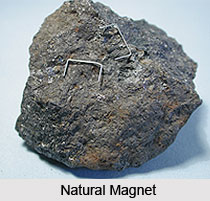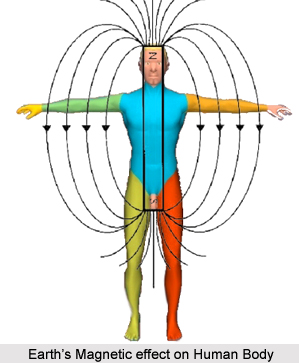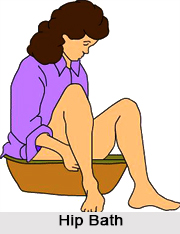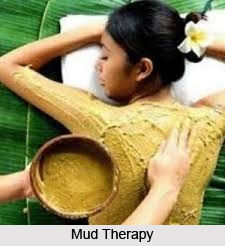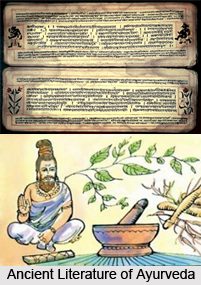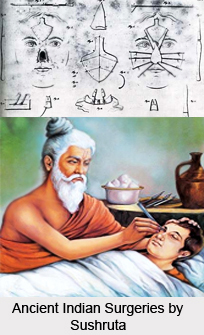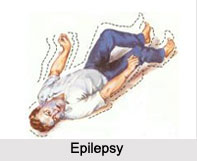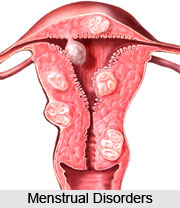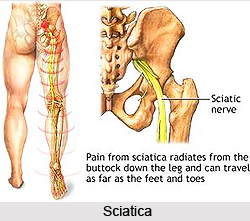 Sciatica is one of the most common forms of neuralgia or pain in the nerves. It affects the great sciatic nerve, which emerges from the pelvis and runs down the back of the thigh.
Sciatica is one of the most common forms of neuralgia or pain in the nerves. It affects the great sciatic nerve, which emerges from the pelvis and runs down the back of the thigh.
Sciatica is a set of symptoms including pain that may be caused by general compression or irritation of one of five nerve roots that give rise to the sciatic nerve. This can also happen by compression or irritation of the sciatic nerve itself. The pain is felt in the lower back, buttock, or various parts of the leg and foot. In addition to pain, which is sometimes severe, there may be numbness, muscular weakness, and difficulty in moving or controlling the leg. Typically, the symptoms of this disease are only felt on one side of the body. Although sciatica is a relatively common form of low back pain and leg pain, but the true meaning of the term is often misunderstood. Sciatica is a set of symptoms rather than a diagnosis for what is irritating the root of the nerve, causing the pain. Treatment for sciatica or sciatic symptoms will often be different, depending upon the underlying cause of the symptoms.
Causes and Symptoms: In many instances sciatica is traceable to exposure to cold and damp. Any pressure on the nerve within the pelvis, such as may be produced by a tumour can excite an attack of sciatica. Pressure upon a nerve by a prolapsed inter vertebral disc between the fourth and the fifth lumber vertebrae is not an uncommon cause of pain along the course of the sciatic nerve. The pain that is felt a little behind the hip joint at first, steadily increases in severity and extends along the course of the nerve and its branches, as far as the toes. The painful points are where the nerve emerges from the pelvis at the lower margin of the buttocks, and around the knee and ankle joints.
Ayurveda believes that sciatica is caused by the aggravation of vayu. Sometimes the vitiation of kapha along with vata brings on the attack. At times constipation precipitates or aggravates an attack of sciatica.
Medicines & Prescriptions: Eranda or Ricinus comumunis is the drug of choice for sciatica. Linctus, Eranda paka, is given in doses of two teaspoonfuls at bedtime with a cup of warm water or milk. It helps patients with costiveness because Eranda or castor acts as a laxative. Yogaraja Guggulu is another medicine, which is administered in doses of two tablets, four times a day, with water or milk. Saindhavadi Taila or Mahavishagarbha Taila is recommended for massaging the affected parts, after which hot fomentation should be applied. The limb should be covered with a warm cloth to maintain the heat. Guggulu Tiktaka Ghrita measured as 50 ml, and honey measured as 10 ml, may be given as a retention enema. Hot fomentation with a bag of salt is useful in improving the pain of sciatica. The following prescriptions are also recommended:
1. Vataganjakusha; Vaishwanara Churna: 240 mg of Vataganjakusha and 3 gm of Vaishwanara Churna to be taken twice daily after meals with warm water or decoction of Manjishta.
2. Castor oil: 20 ml should be taken just before sleeping at night with urine of cow.
Diet and Other Regimen: Pulses, beans, and fried foods should be prohibited. Curds and other sour substances should be avoided. Saffron, in small quantities, should be mixed with milk and given to the patient to drink.
Gentle exercise of the leg is advised. Exposure to damp and cold should be avoided. Swimming in warm water can be regarded as a good exercise for legs.
The patient should use a hard bed and wear a lumbo-sacral belt. Yogic exercises like Halasana, Shalabhasana, and Bhujangasana may be undertaken after pain has subsided to prevent recurrence of sciatica.





